A Family Connection
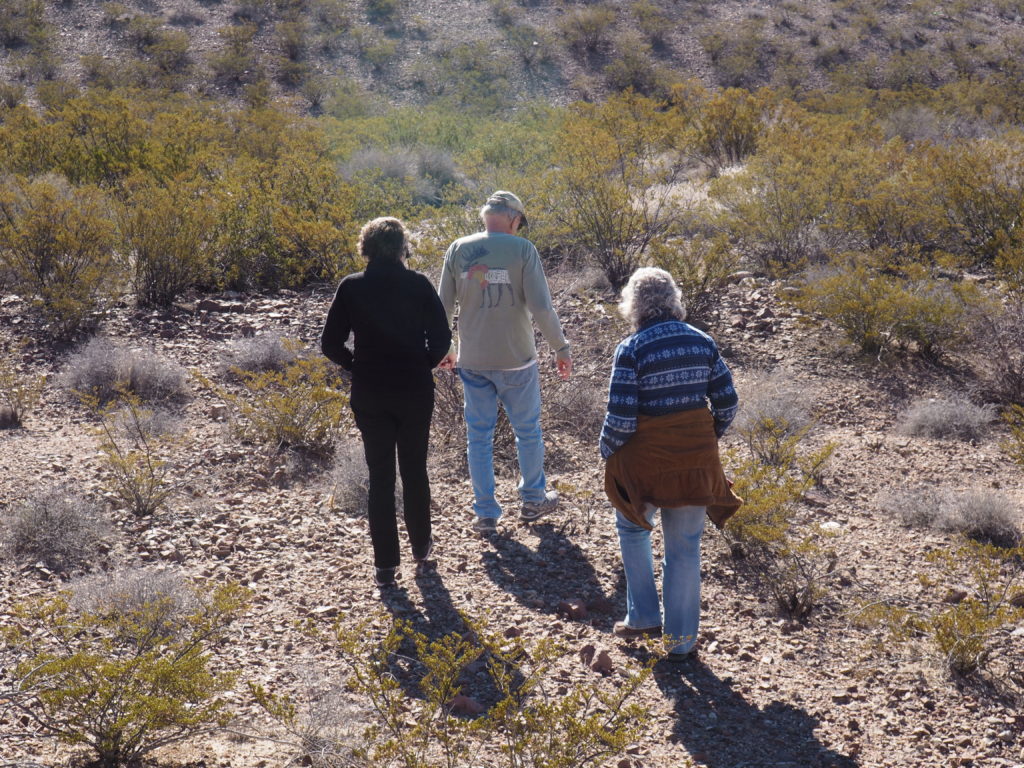
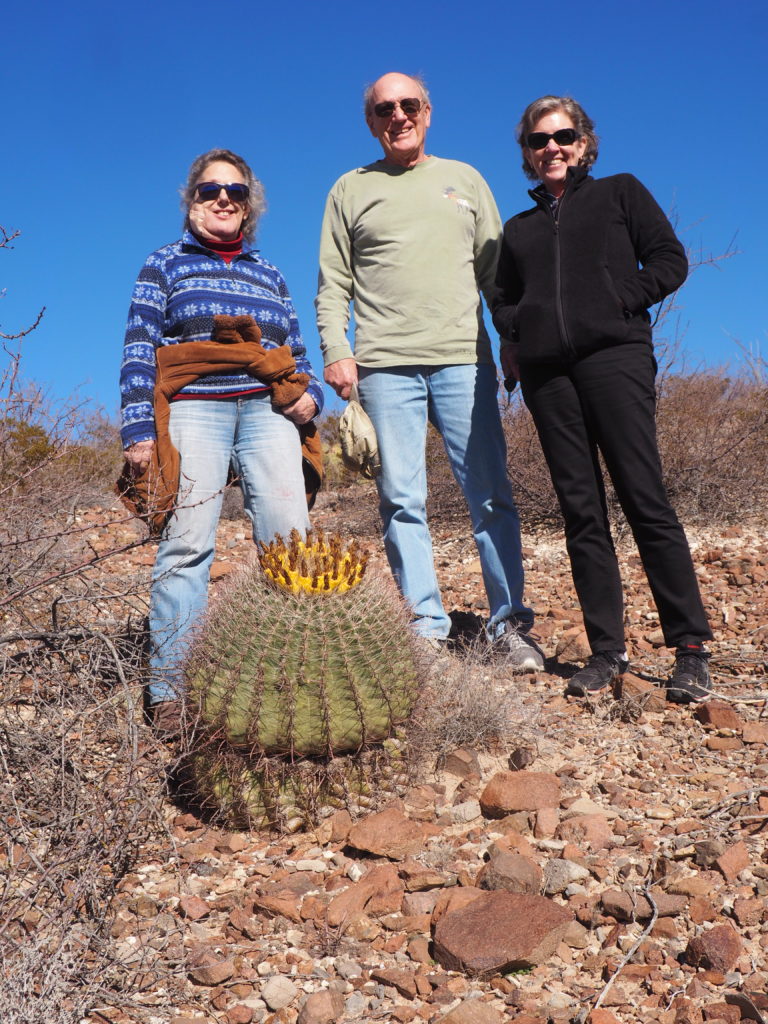
We flew down to El Paso in early January to drop in on Amanda’s cousins, John and Gemariah, and give Jim a chance to experience that little wedge of westernmost Texas pushed up against the border and Juarez, surrounded by New Mexico, lots of mountain and the passes through the high desert landscape that give the place its name. Cactus is at the heart of the family story and was the family business with a client list that included J. Edgar Hoover (back in the day).
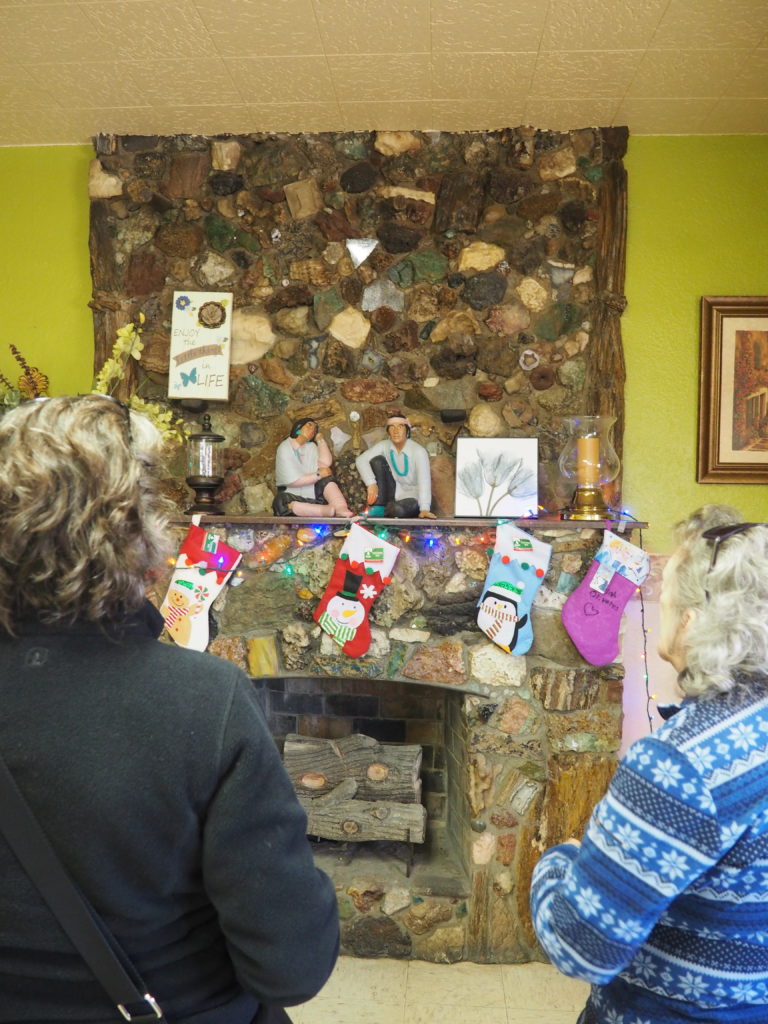
We stuck our heads in a little down at the heels and nearly empty at noontime restaurant in a pilgrimage to see granddad’s fireplace, the one featured in a story in National Geographic (November, 1951), and snapped a hasty photo. No one seemed to even notice we were there.
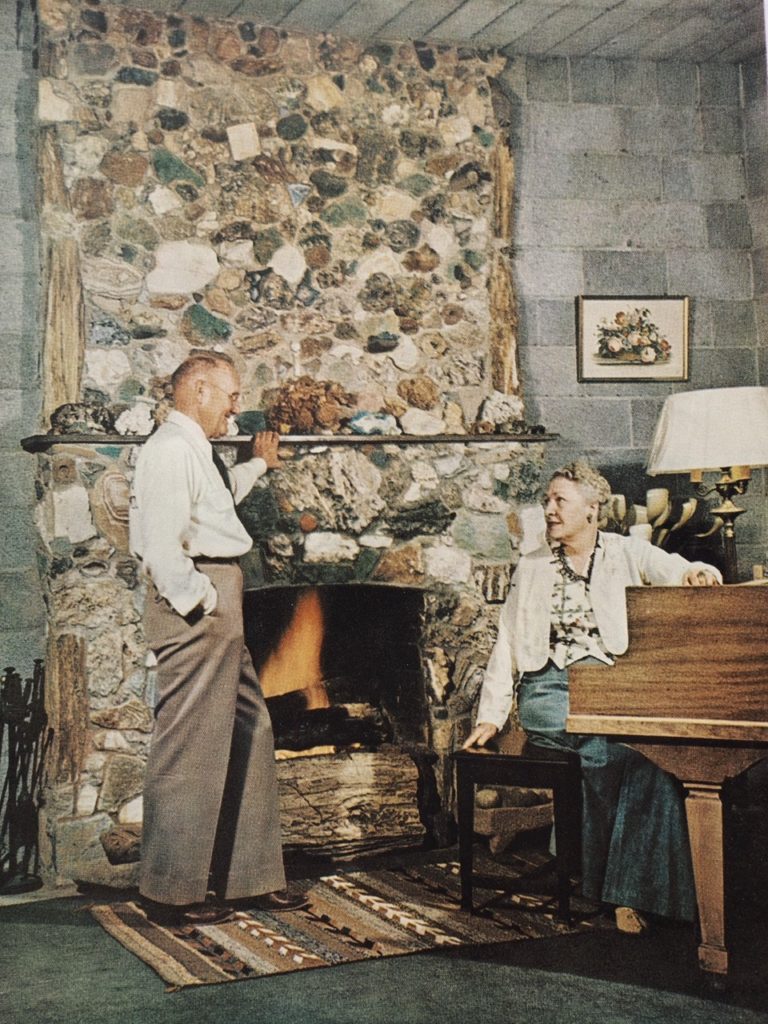
The 192 rock specimens making up the fireplace came from grandad’s friends and fellow collectors and include large pieces of petrified wood to frame the fireplace, plus Indian artifacts, fossilized dinosaur vertebrae, mastodon tusks, clams, snails and oysters, then onyx, agate, and smithsonite, as well as a chunk of gold ore from the Homestake Mine of South Dakota. Sadly, cousin John could be right that the rocks in the fireplace are worth more than the property itself. National Geographic states that the photo was taken in the living room, but family lore says it was the gas station/shop and that the house has long since been demolished. Everything has changed since that first half of the 20th century and every few years El Paso becomes, once again, almost unrecognizable.
The Wider View
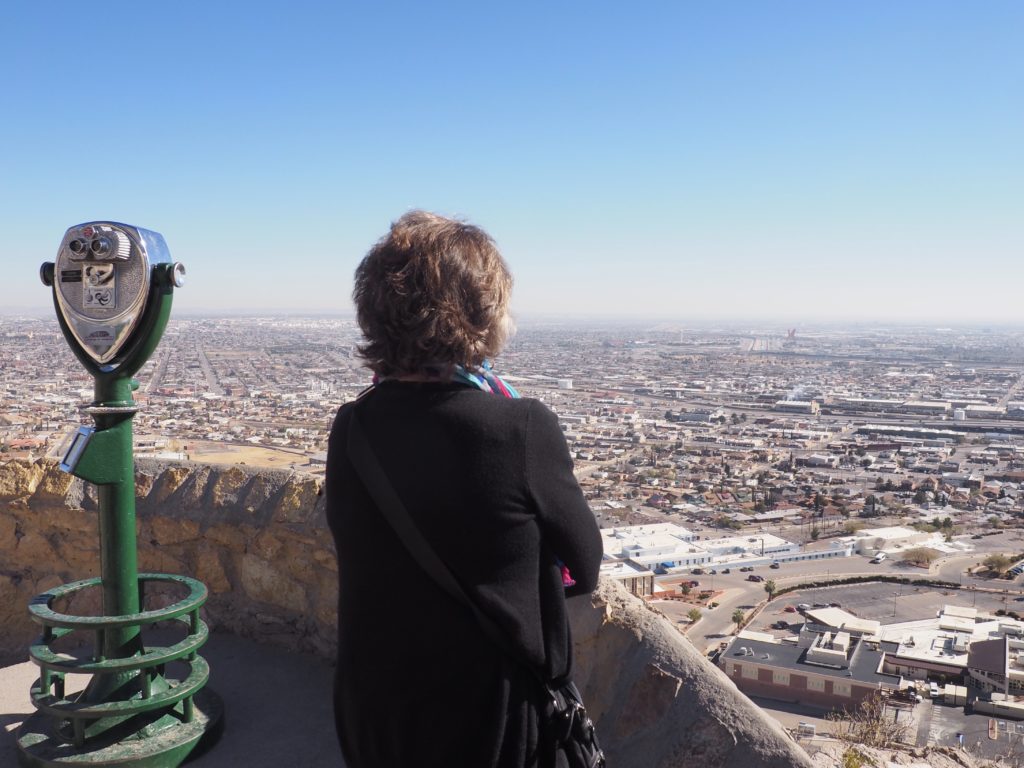
If you look very carefully, you may be able to make out a large “X” in the distance. It’s La Equis (the “X”) over in Juarez. It symbolizes the merging of the Aztec and Spanish civilizations in Mexico which was personified in Benito Juarez, the first president with Aztec heritage for whom the city was named and who was also the leader who drove the French puppet Maximilian from a Napoleon III created Mexican throne. Juarez was admired and supported by Abraham Lincoln, who had voted against the war in which the US seized pretty much half of Mexico, establishing the Rio Grande as the border in 1848. When massive flooding altered the course of the river in 1864 a long running dispute was opened over where the border should be. A tamed river and 100 years of talking resulted in a treaty that was finally concluded by JFK and signed by LBJ. Unlike the relatively relaxed back and forth over in San Diego/Tijuana, the current level of violence in Juarez kept us from venturing across.
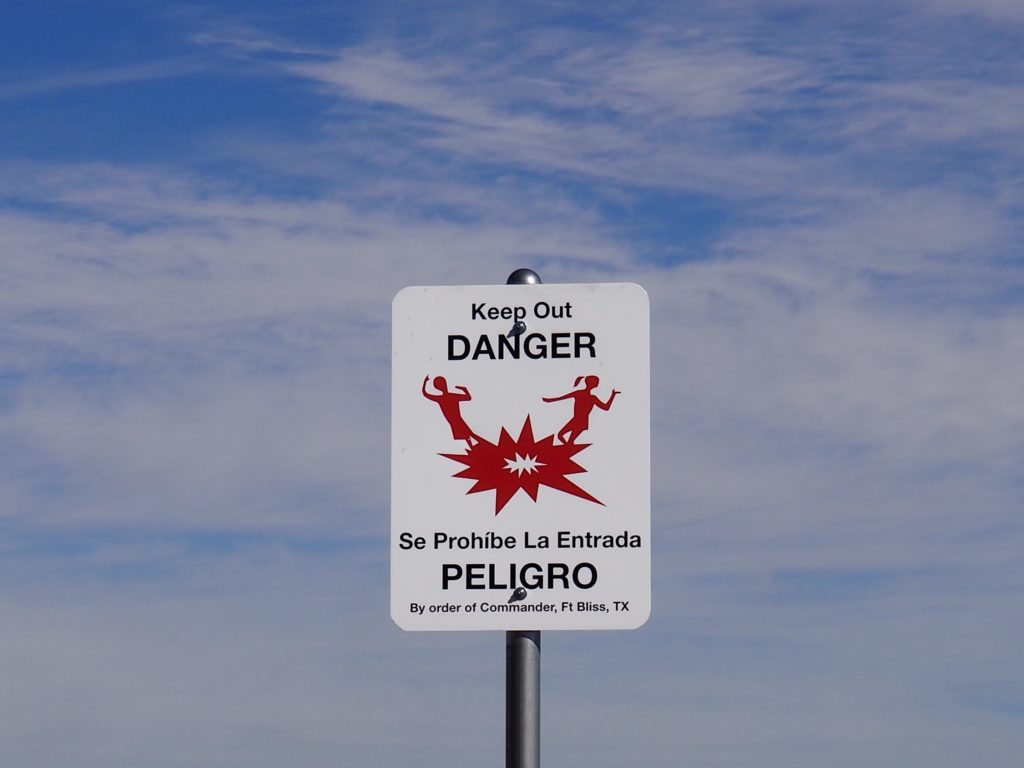
Digging Deeper
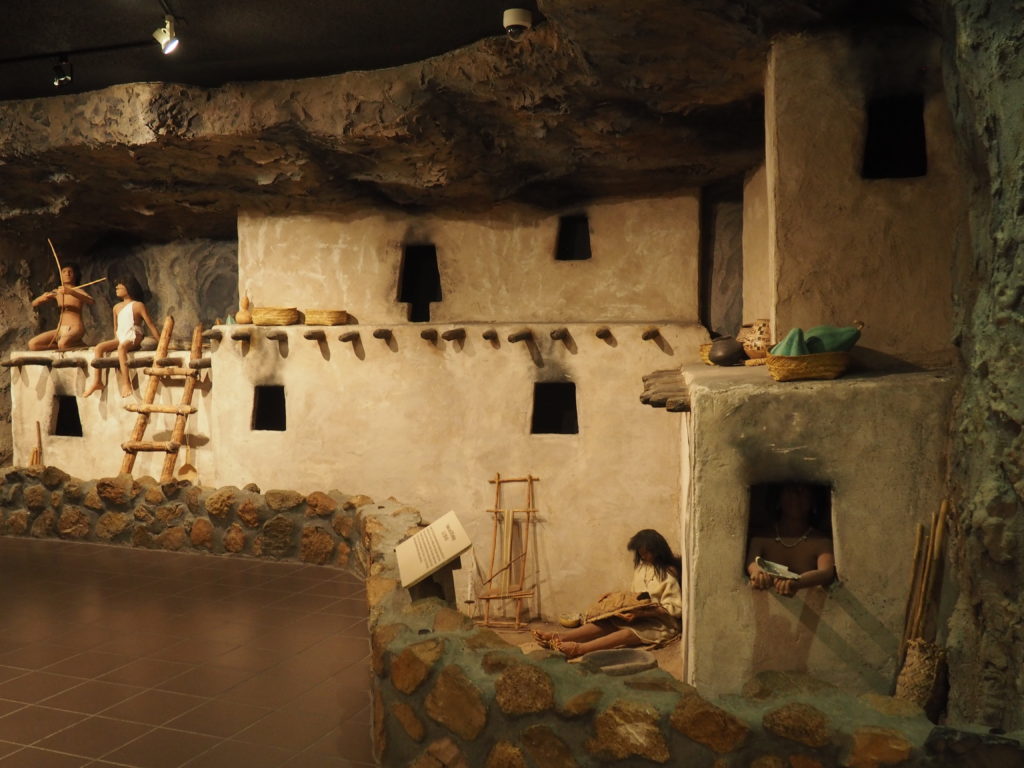
The archeology museum reconnected us to the broader picture of pre-Columbian America before this area was known as El Paso del Norte and the Spanish had followed the natural route across the Rio Grande and through the mountains to New Mexico. The native peoples had used the same natural routes, likely for thousands of years, so that Pueblo culture has been around El Paso for a long time.

Casas Grandes Culture (1200-1450) 
Casas Grandes Culture (1200-1450) 
Zuni Pueblo 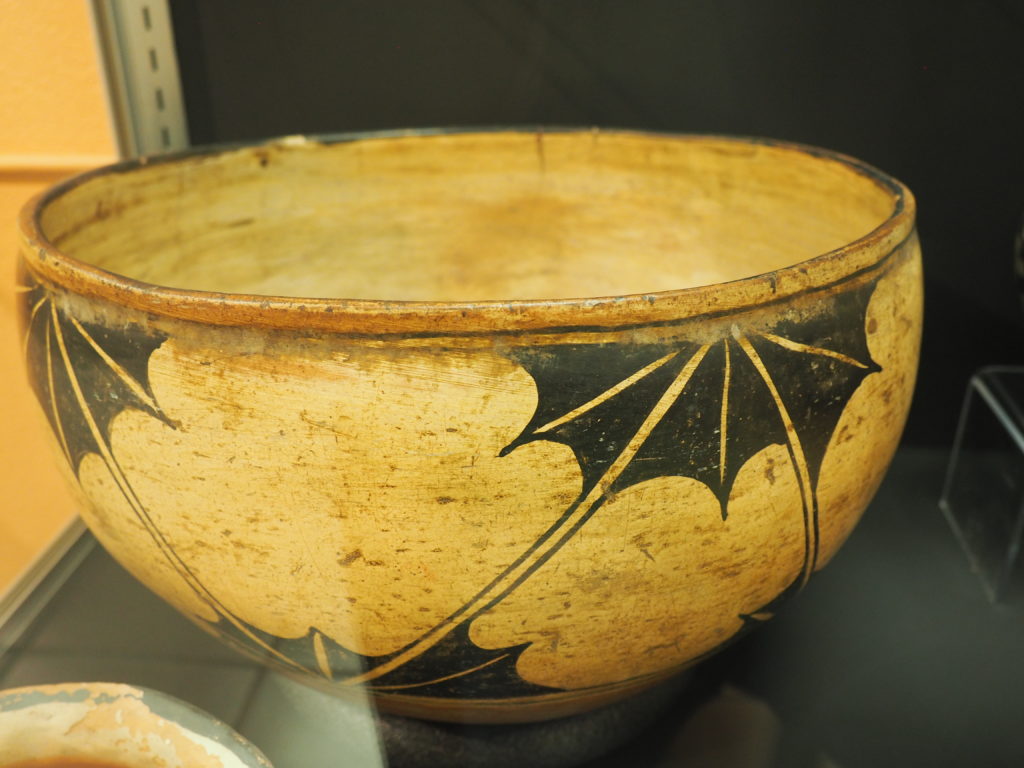
Kewa Pueblo 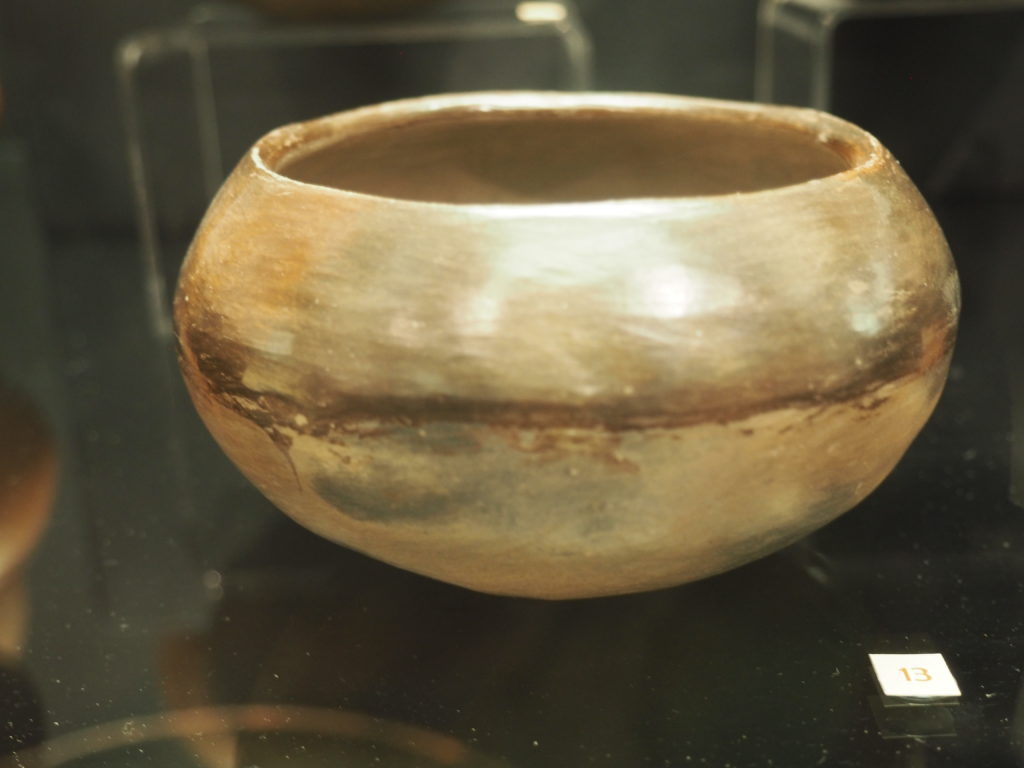
San Juan (or “Ohkay Owingeh” in Tewa) 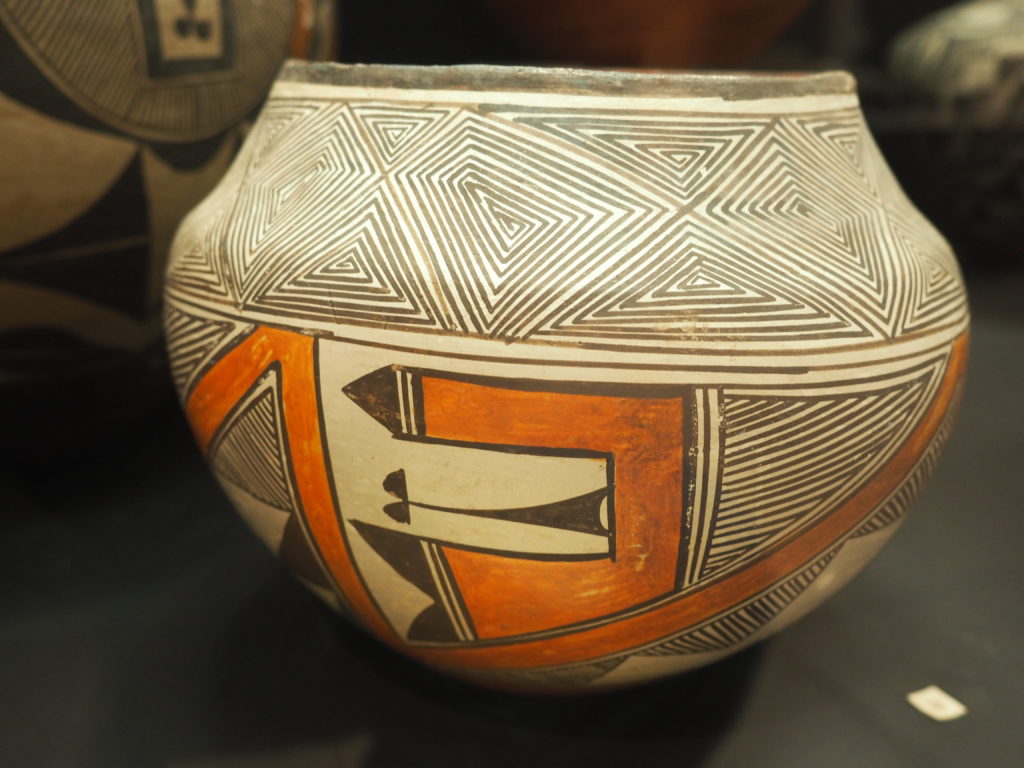
Acoma Pueblo
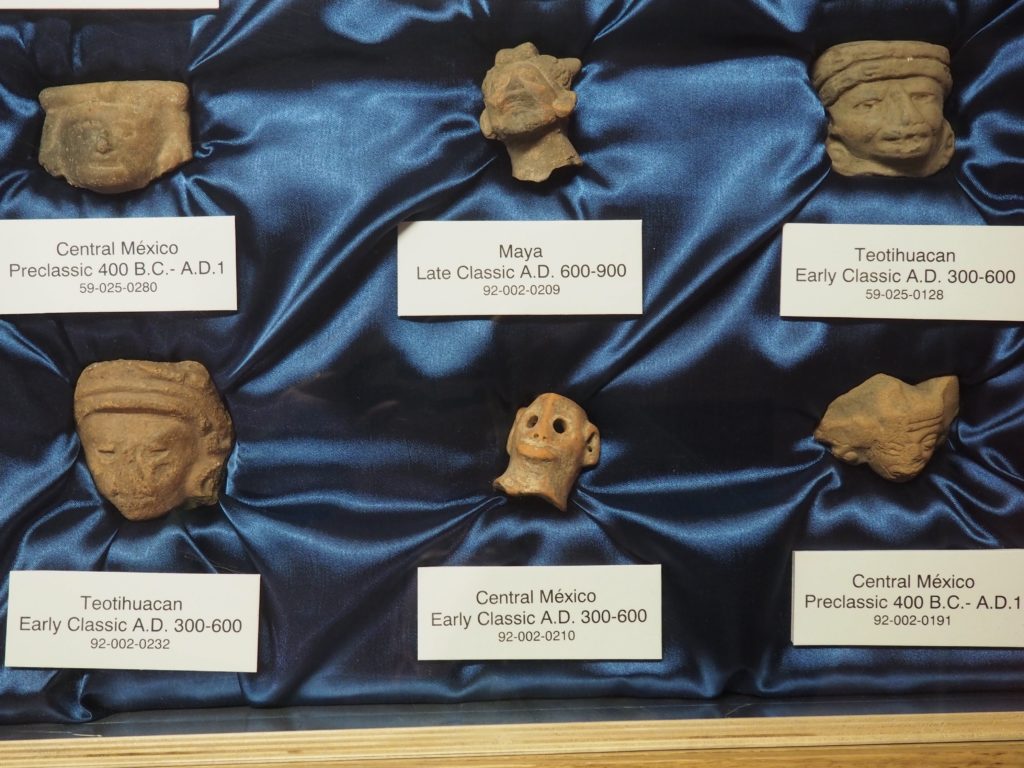
As the only visitors (literally) in the museum on a January morning, we benefited from what we came to experience as the uncanny warmth and friendliness of everyone we encountered in El Paso. The museum attendant directed us to what we had assumed to be only an auditorium but which housed drawer after drawer of carefully labeled Native American (including everyone from the Iroquois to the Maya) beadwork, moccasins, war clubs, axe heads and small bits of pottery such as these, all of which was great fun to browse through.
The Mission Trail
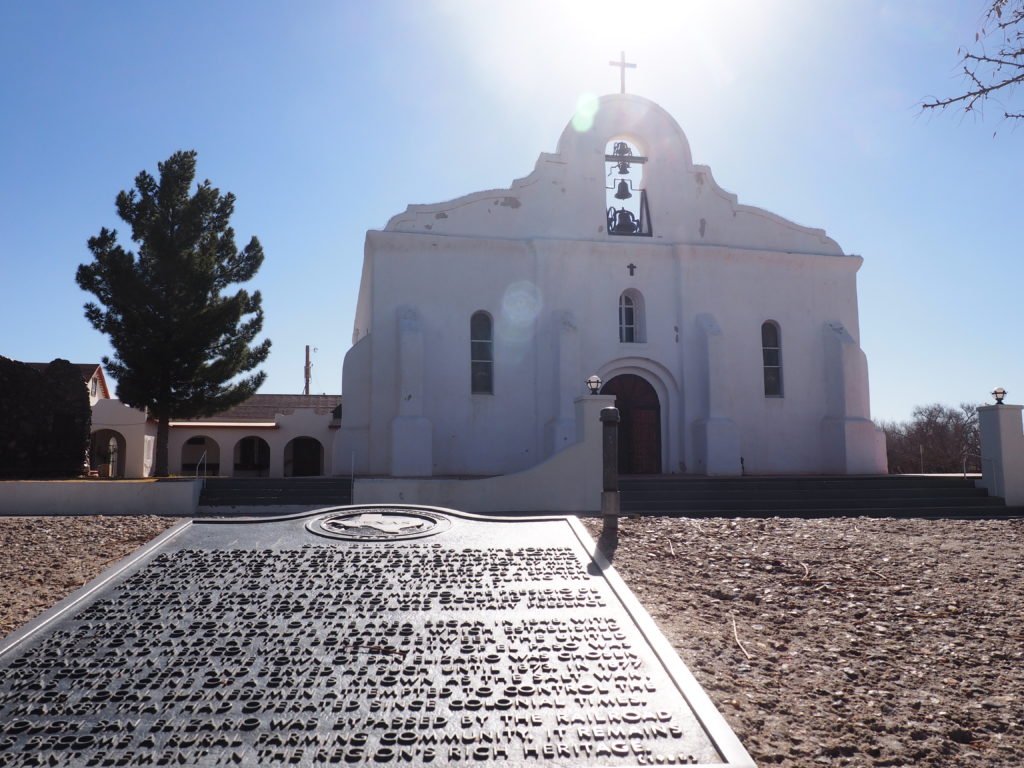
Presidio Chapel
San Elizario
Socorro Mission 
Ysleta Mission
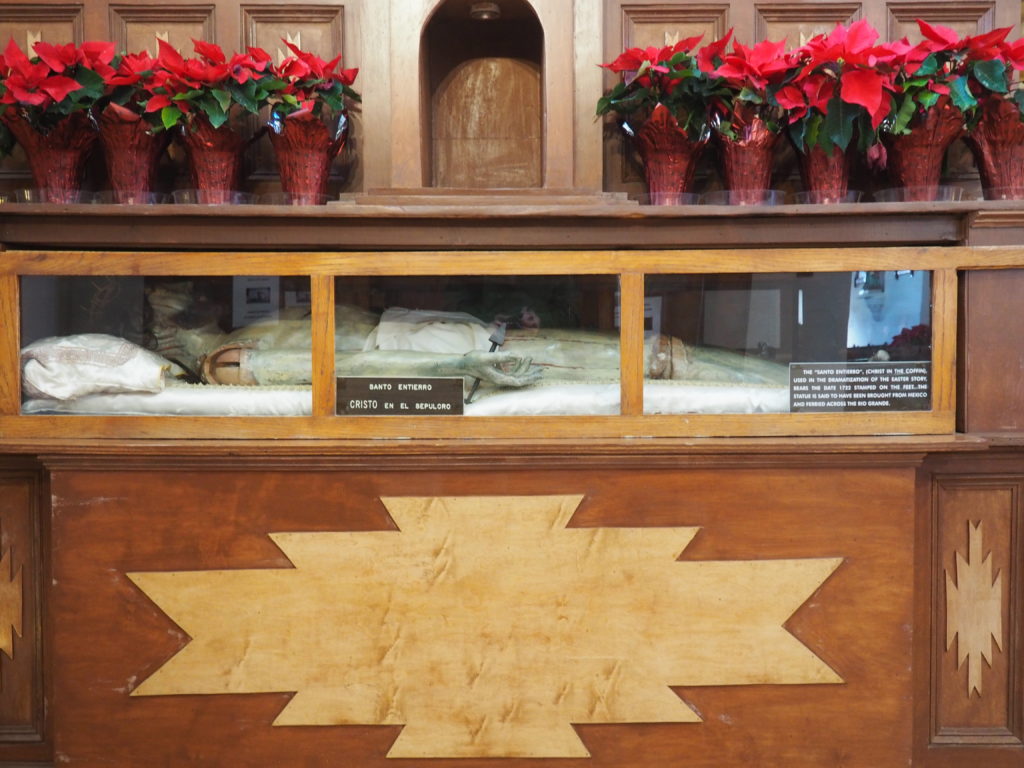
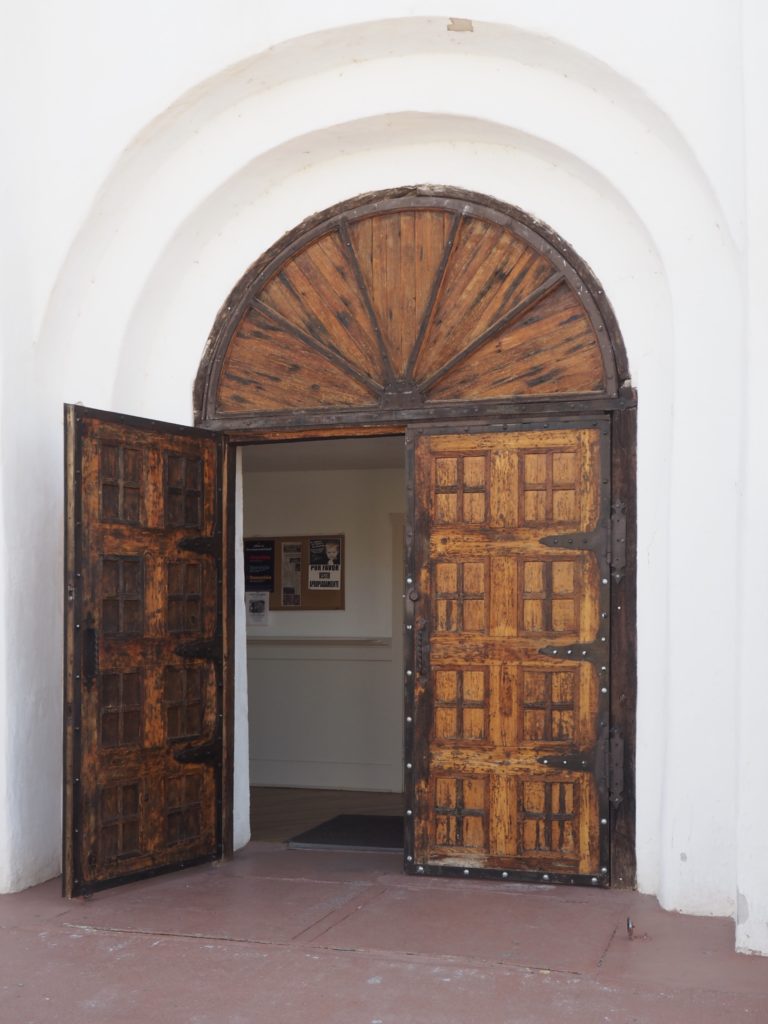
Socorro Mission 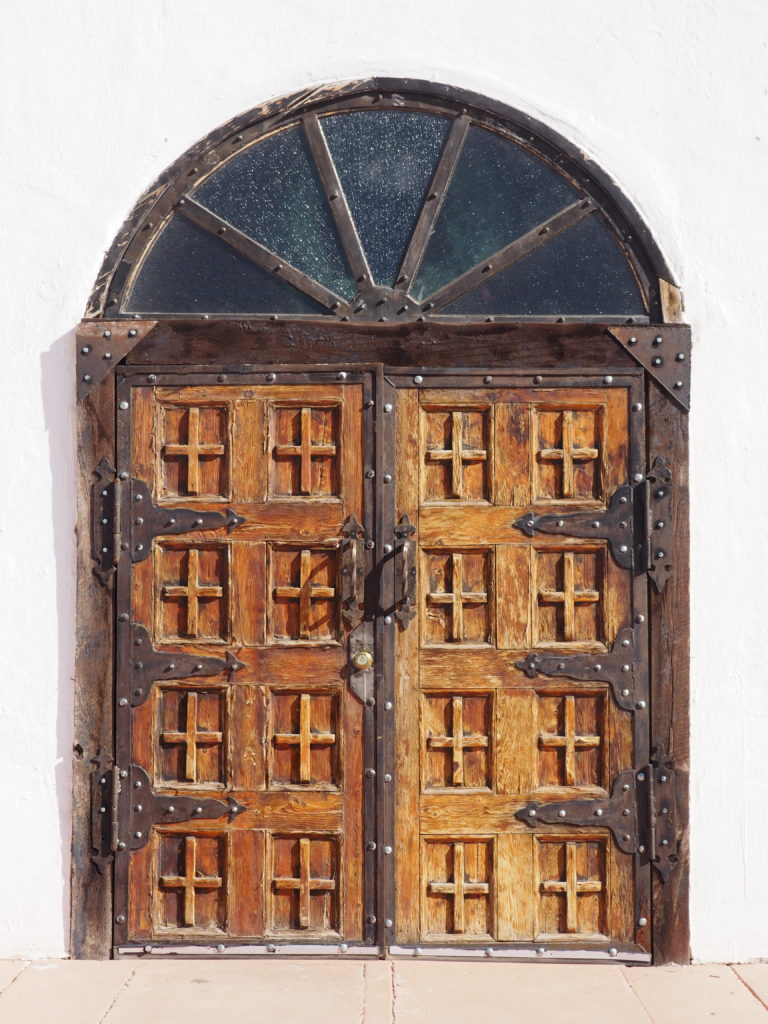
San Elizario Chapel
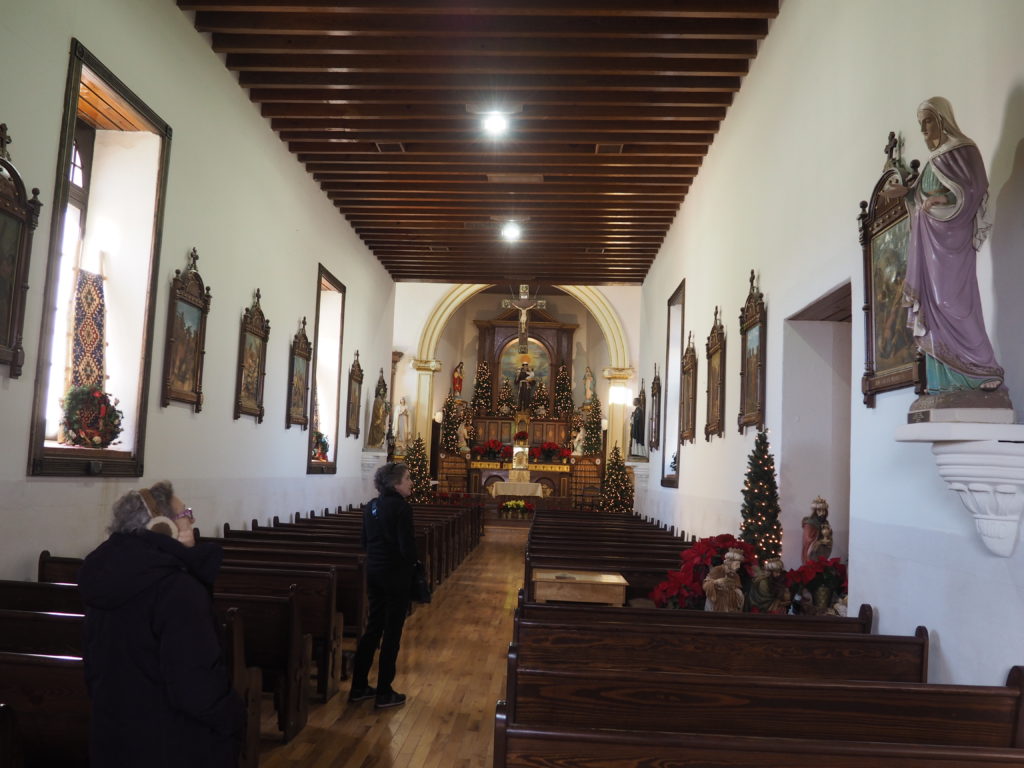


Coming from the Anglo-centric northeast (where we’ve even forgotten that New York started life as New Amsterdam), we’re largely oblivious to the Spanish heritage in the United States which runs long and deep and have had no awareness at all, for instance, that credit for the first cross-cultural Thanksgiving could just as easily go to the Spanish under Don Juan de Oñate and the Manso Indians near present day San Elizario where Oñate had called a rest before crossing the Rio Grande as he extended the Camino Real from Mexico City to Santa Fe a quarter century before the happening at Plymouth between the English and the Wampanoag. Reminds us of that song from Hamilton: “Who Lives, Who Dies, Who Tells Your Story.” Of course, the history of the Spanish and the Native Americans is no more pretty than that in the world of the English.
By 1680, the various tribes of Pueblo Indians up the road had had their fill of the Spanish and collaborated to stage the Pueblo Revolt or Popé’s Rebellion under the leadership of the mysterious Popé, who united all the Pueblos except the Piro and Tigua. Fleeing for their lives, almost 2000 Spaniards together with hundreds of Tigua and Piro Indians headed south and crossed over the Rio Grande to safety, establishing new settlements at Socorro (Tigua) and Ysleta (Piro). After the wandering river finally settled down under the hand of man, the settlements ended up being north of the river and in what’s now the USA. Suffering numerous floods and fires, the existing look of the Ysleta Mission is from 1907. The Tiguas established the Ysleta del Sur Pueblo in 1682 which continues to be the heart of the community. The Spanish had reconquered New Mexico in 1692.
Periodic flooding was slightly more kind to the Piro Indians at Socorro and their current edifice dates from 1843, although it’s believed that the decorative beams (“vigas”) and other roof elements were salvaged from the original 1691 structure.
The chapel at the San Elizario Presidio has a different story, starting out as a military fort in 1789 complete with a chapel to serve the soldiers and their families (destroyed in the flood of 1829). A community developed around this, evolving into a farming community and the first county seat for El Paso County. The current chapel was completed in 1882. A 1935 fire prompted the interior modifications to cover the fire damage: the pressed-tin ceiling and boxed-in support columns.
A Folk Art Tribute: La Casa de Azucar
Rufino Loya got up from his chair by the house and came out to talk with us. We had come to admire his work of 25 years that surrounds his house just off the highway. It’s inspired, he told us, by his village in Mexico. Everything was crafted by him by hand, each tiny ball of concrete rolled between his palms, then painted. Even the sidewalks are decorated. That’s where we saw the “El Paso Strong” tribute added after the recent mass shooting – painted on the sidewalk. He’s no longer fabricating anything more, just continually refreshing the paint and talking with the steady stream of visitors drawn by what turned out to be a surprisingly cohesive or coherent or what have you folk art tribute to El Paso. For us, it was only the eyes that were a bit too intense, especially on the angels. We were glad we stopped by to talk with Mr. Loya and experience what he created. La Casa de Azucar. “Sugar House,” because people have told him that it looks like a decorated cake. Hmm. Perhaps.
The Magoffin Home
The Magoffin family settled in El Paso when it was already a polyglot borderland community of but 700 souls making a go of it between worlds. At Christmas time they placed a menorah on the mantel to make sure their Jewish neighbors felt comfortable. (With that sensibility, it’s not surprising that they contributed more than their share of mayors to the city.) Built in 1875, the Magoffin Home is an adobe building and an exceptional example of Territorial architecture. The key disadvantage of adobe as a building material is, of course, that it melts in water, making it important to keep water away from the structure and to avoid floods at all costs (witness the fate of those missions). That’s why the rainspouts extend so far out. And, yes, it is adobe. Those lines in the exterior wall are just for show and to make it look like it’s not adobe. The Magoffins were wealthy enough to afford pretension.
The house stayed in the family into the 20th century when it was acquired by the State of Texas. The interior is remarkably well furnished with family pieces and due to the lucky break of having flourished after the invention of photography so that little authentic touches such as the blowfish hanging from the chandelier (photo lower left) could help bring the place to life.
Bhutan on the Rio Grande
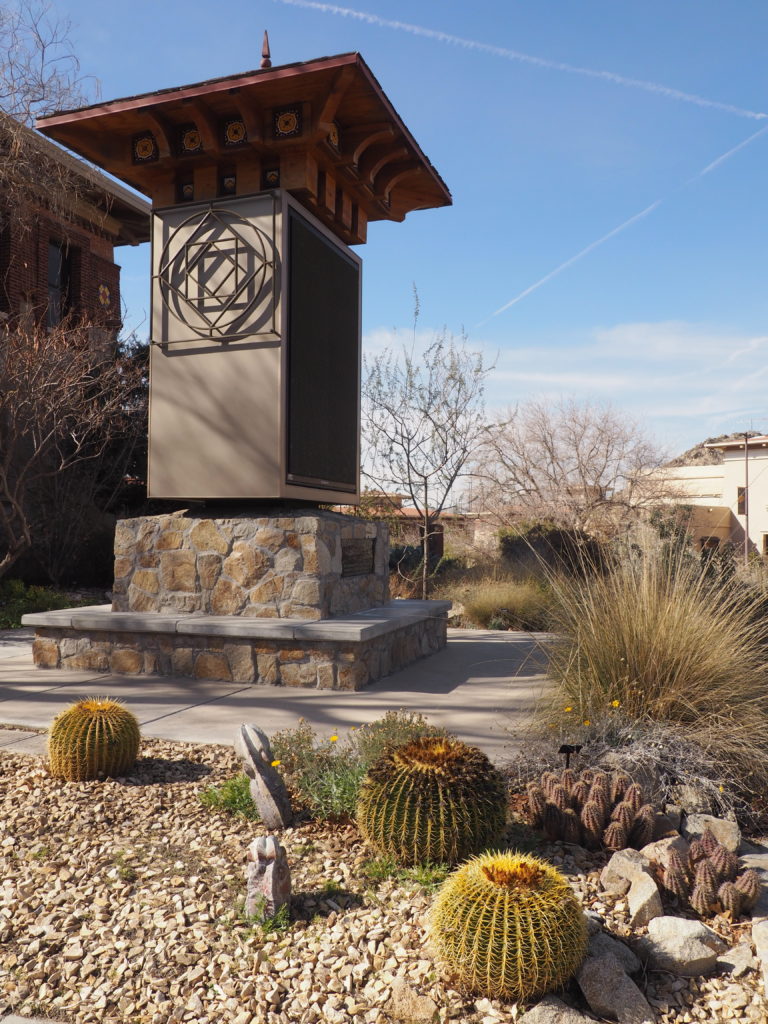
Among the surprises El Paso has to offer is its relationship with the Kingdom of Bhutan. The campus of the University of Texas at El Paso (UTEP) has been built in a Bhutanese architectural style, complete with the only Bhutanese parking garage in the world. Despite the considerable differences in climate it looks very nice in its adopted home of the high desert.
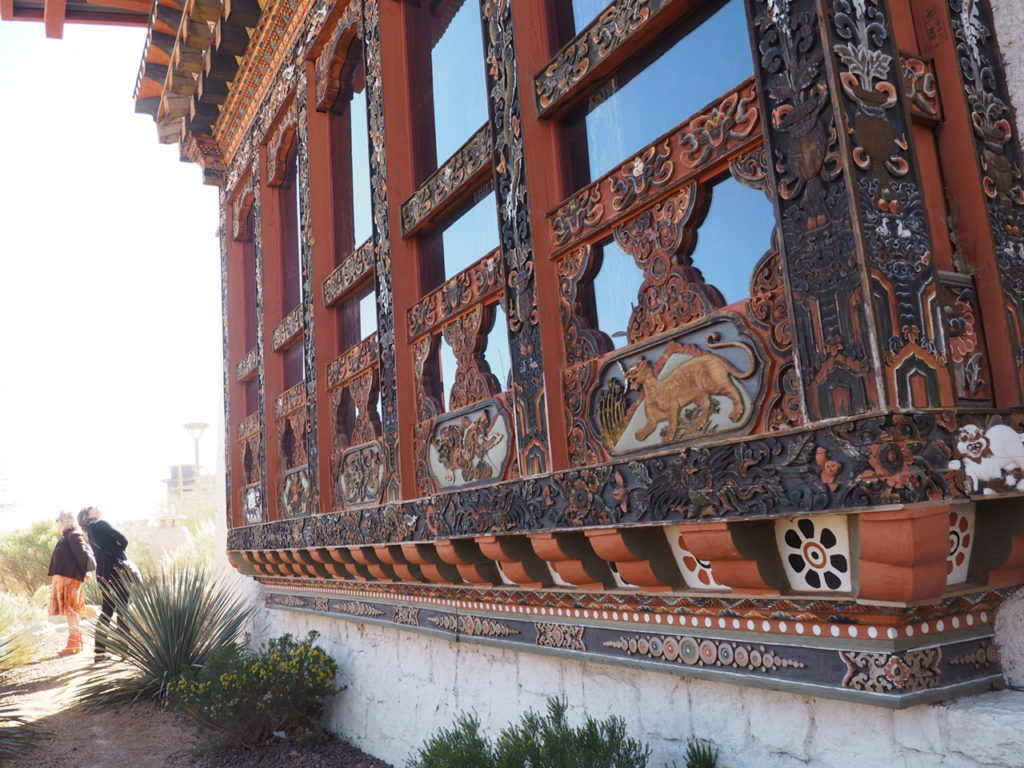
The Crown Jewel of the UTEP campus, however, is the Lhakhang, a gift of the Kingdom to the people of the United States for a Smithsonian Folklife Festival in 2008 that was moved to UTEP in 2015, handcrafted on-site in Washington by Bhutanese craftsmen and monks.

With a population roughly the size of El Paso (700,000 ish), Bhutan has gone all in on its partnership, with about 40 Bhutanese students among the UTEP student body.
It’s All About the Desert
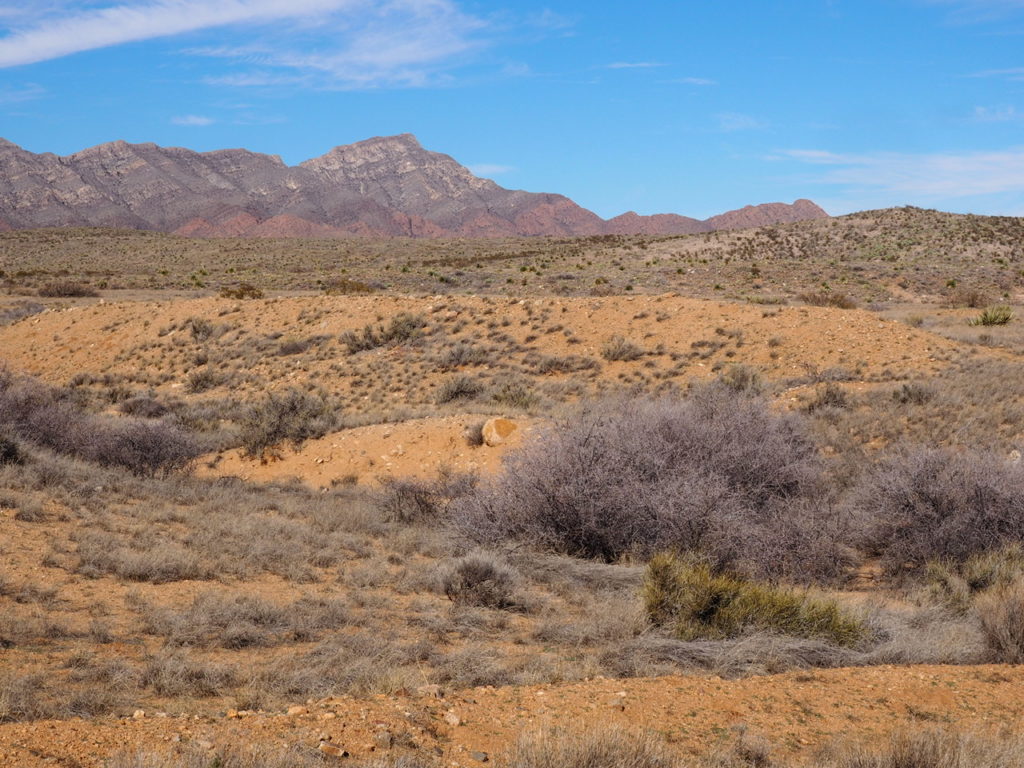
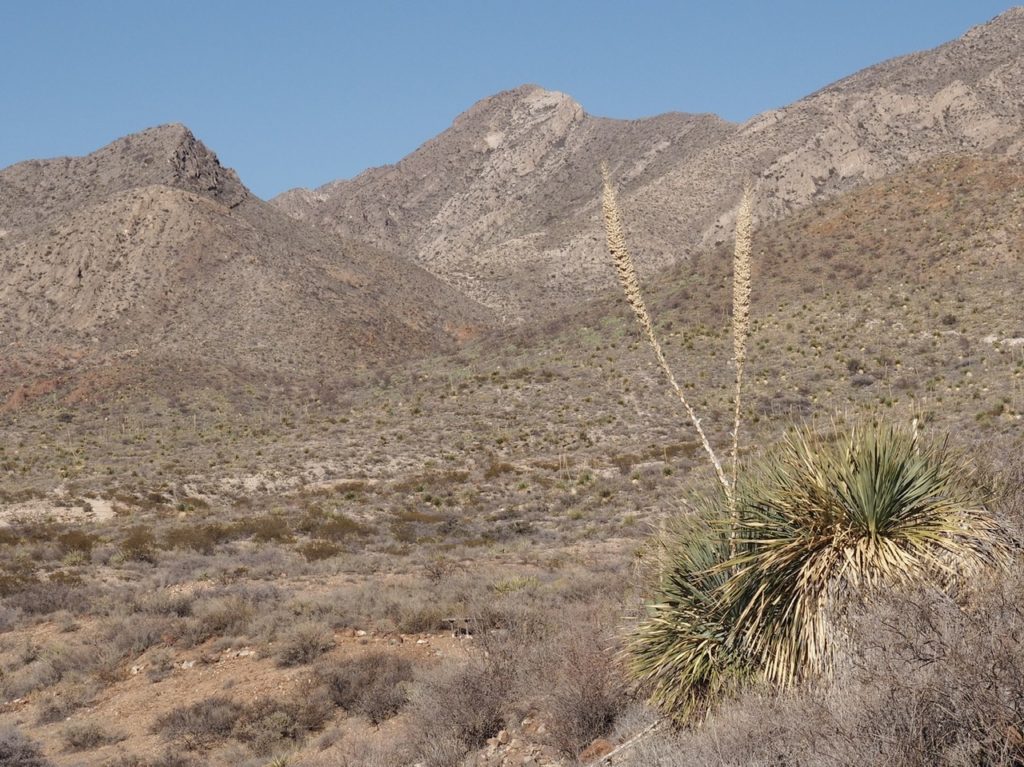
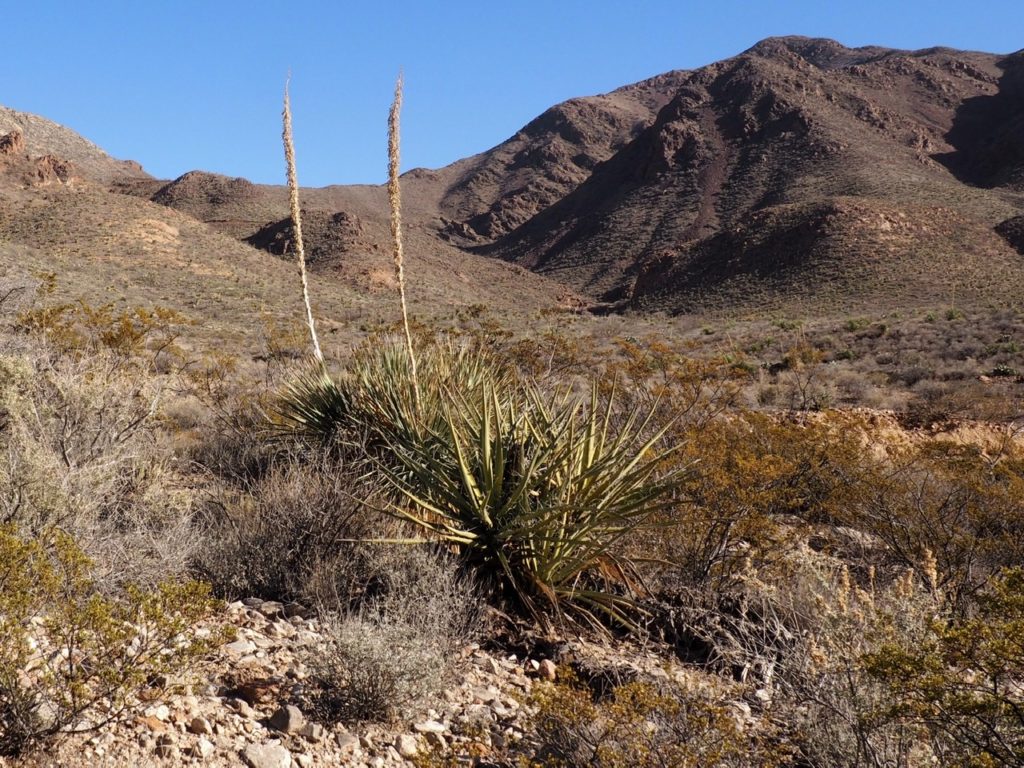
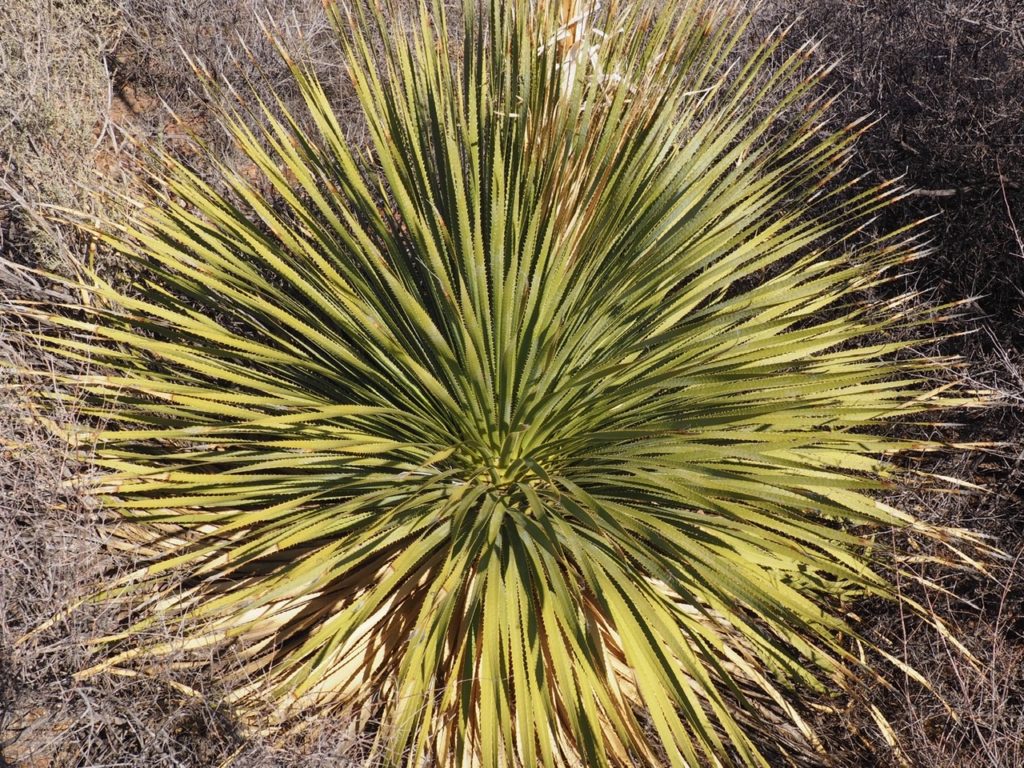
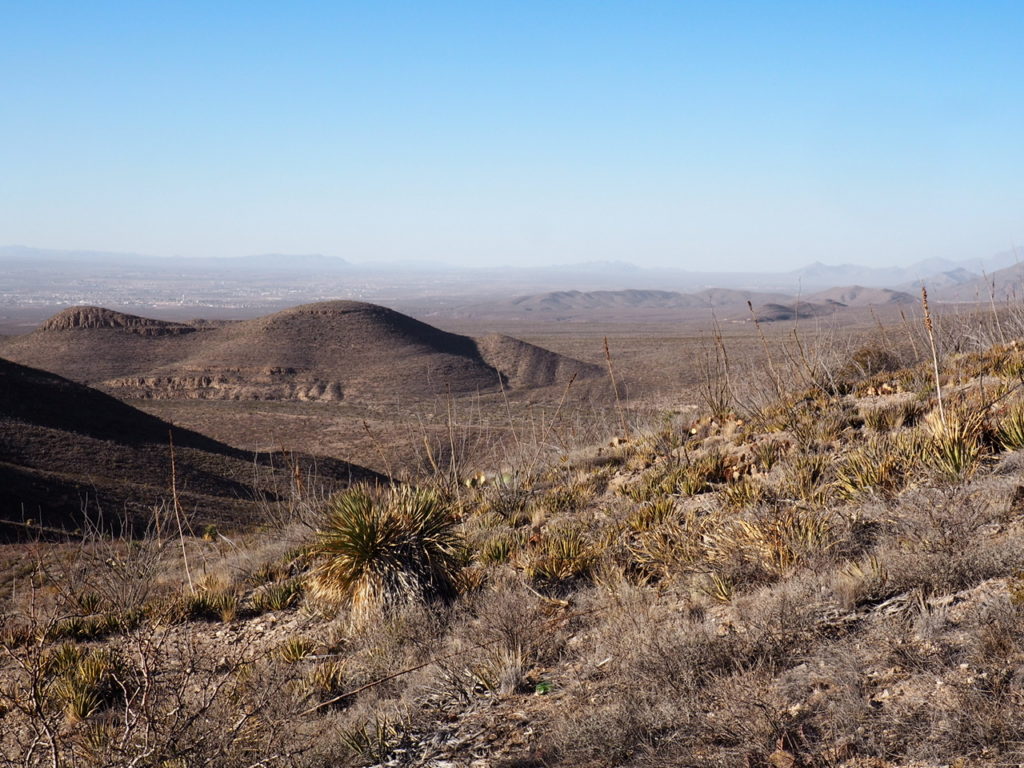

Photo: Cousin John


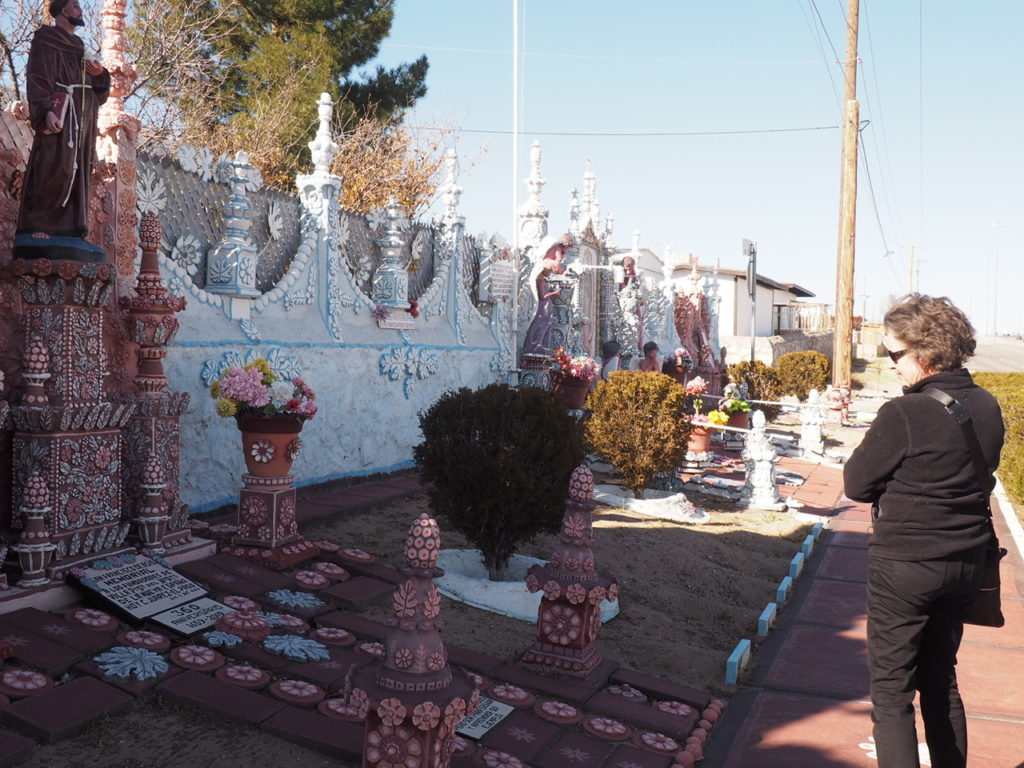
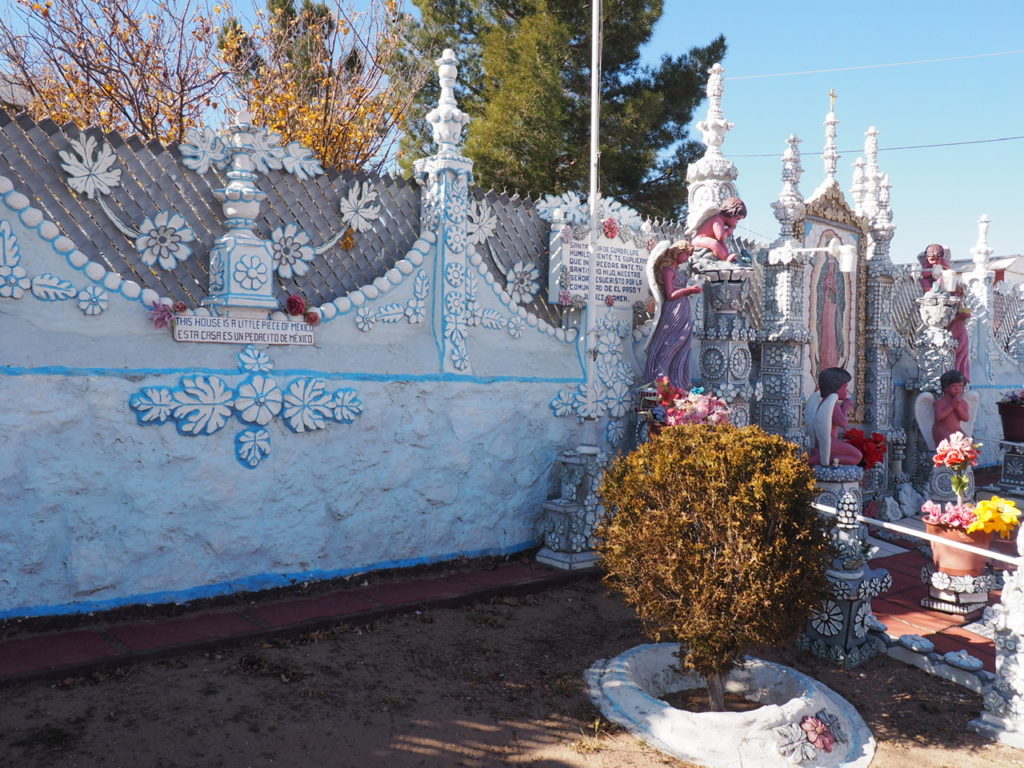
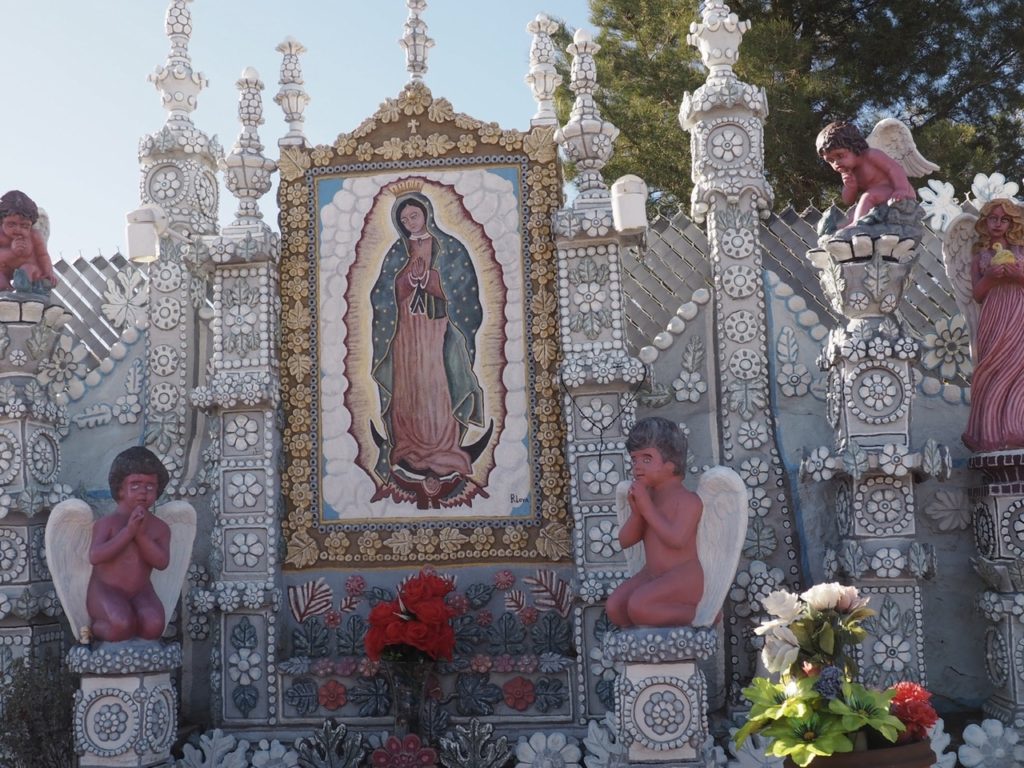
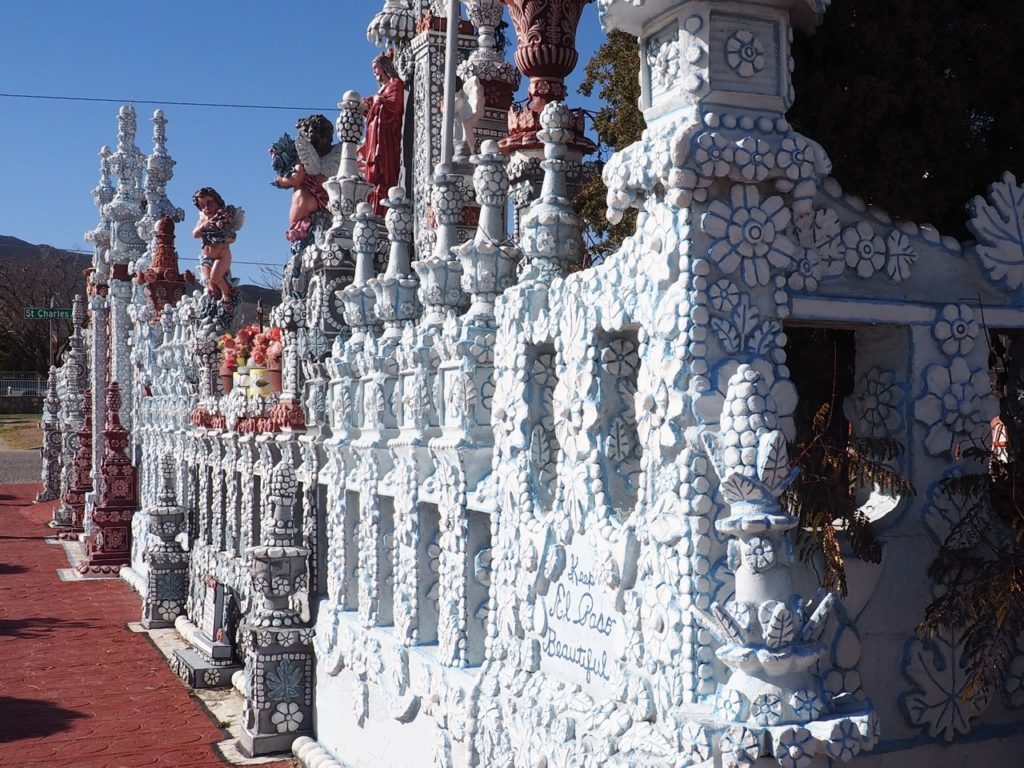

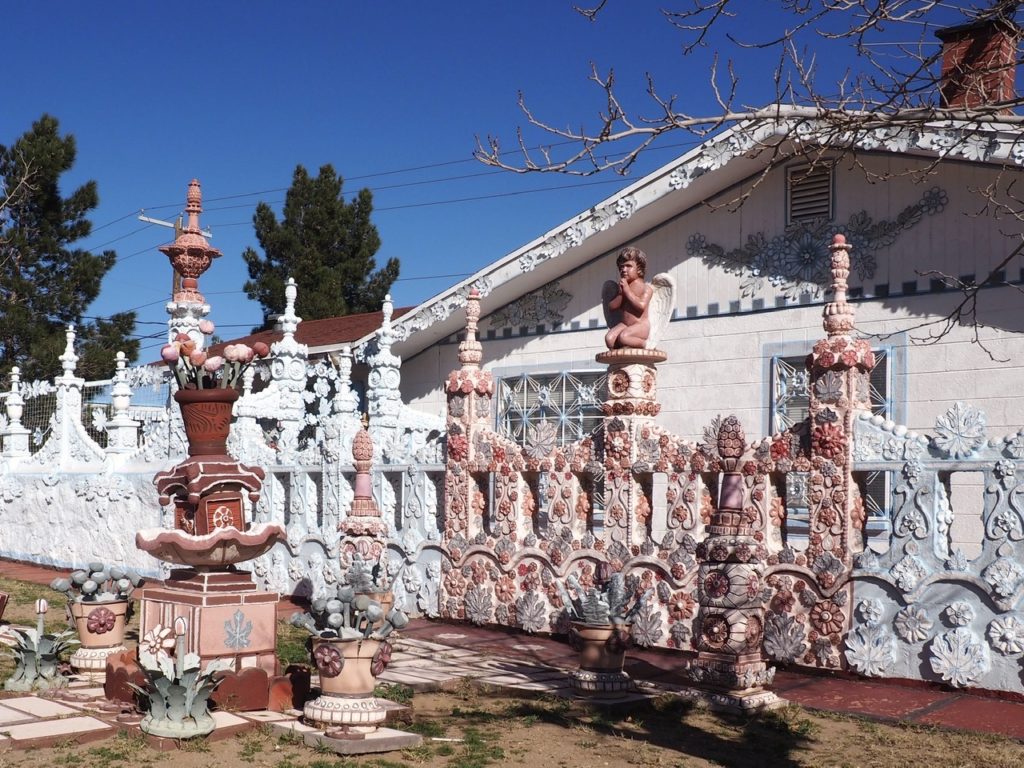
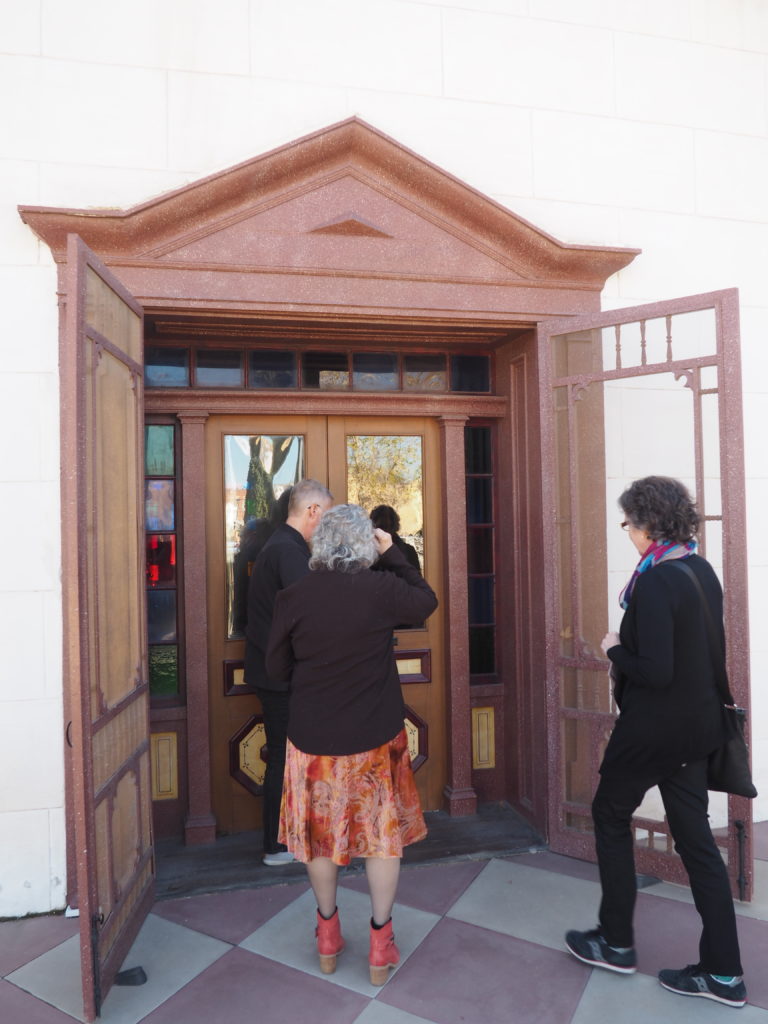

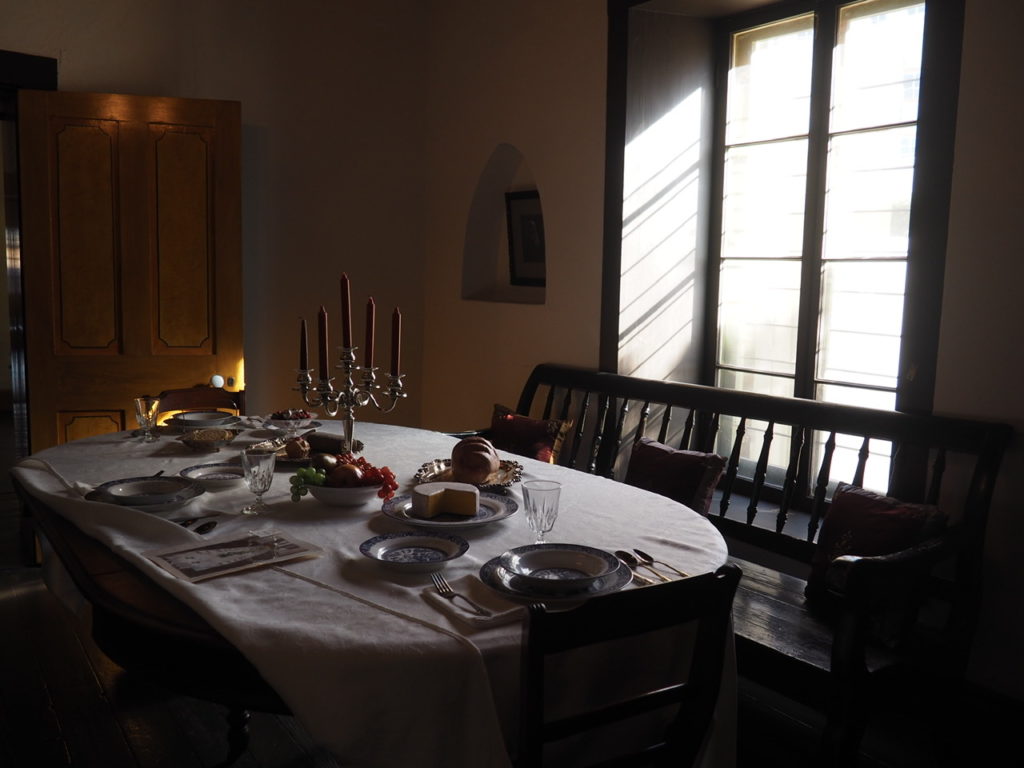
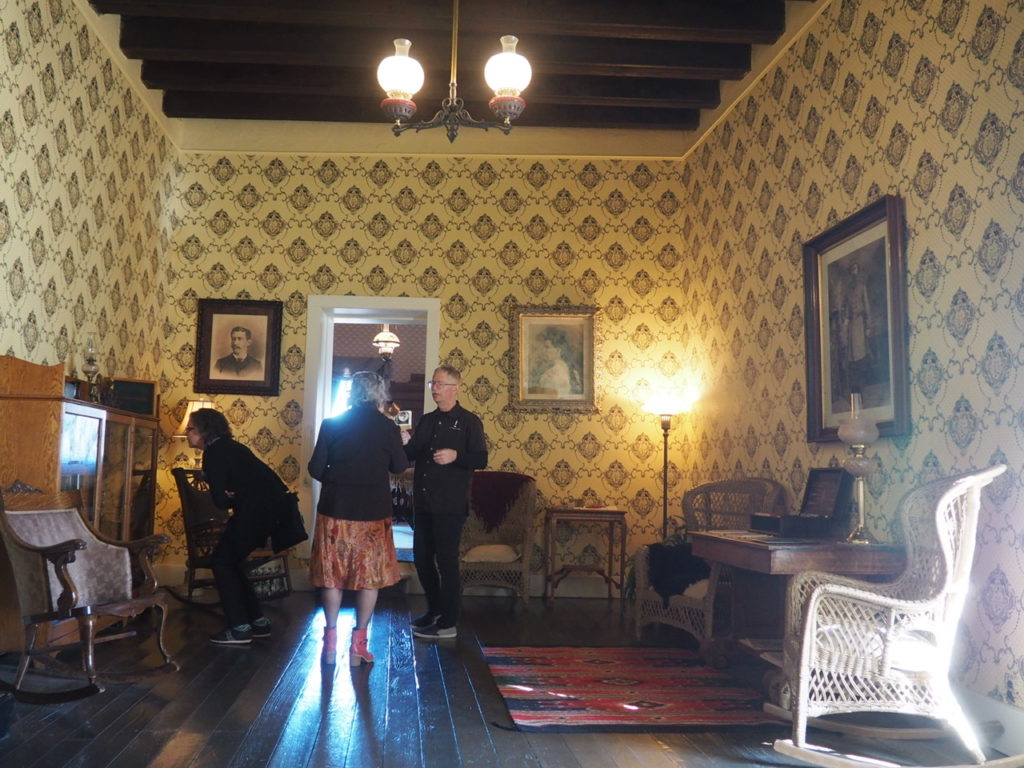

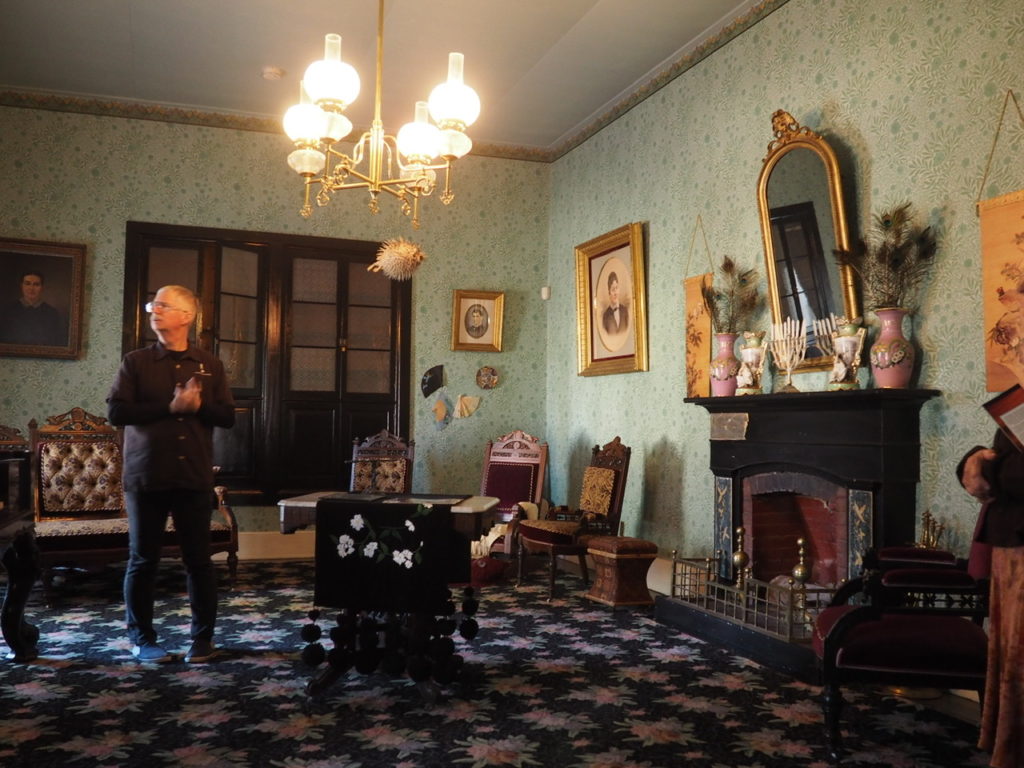
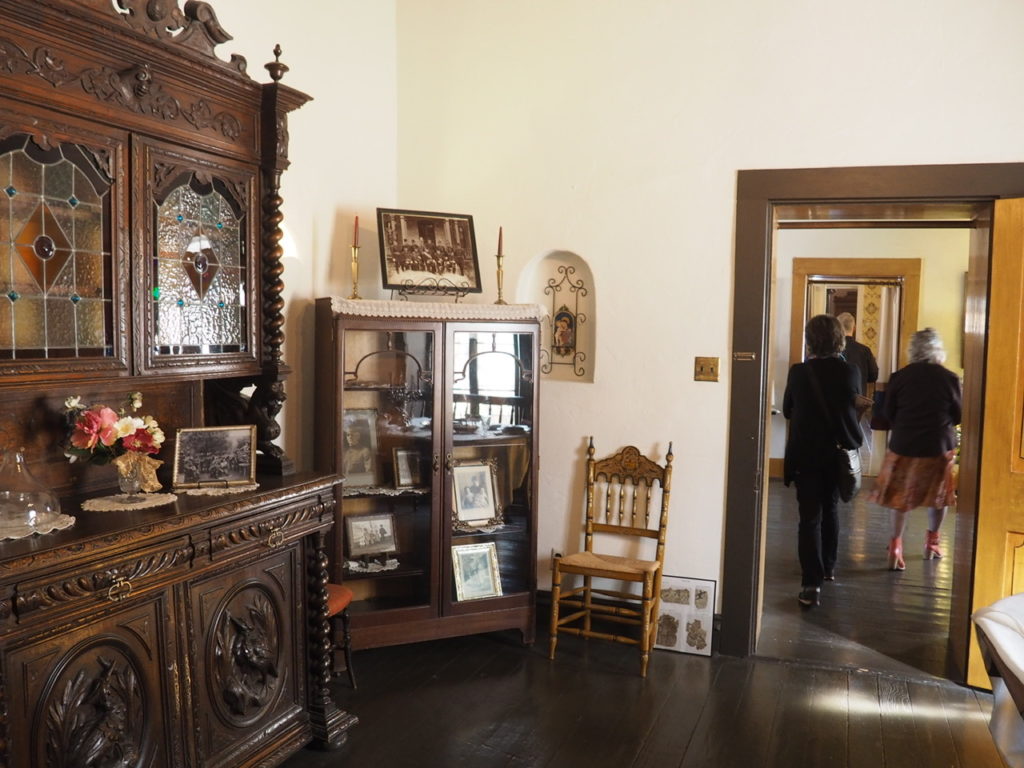
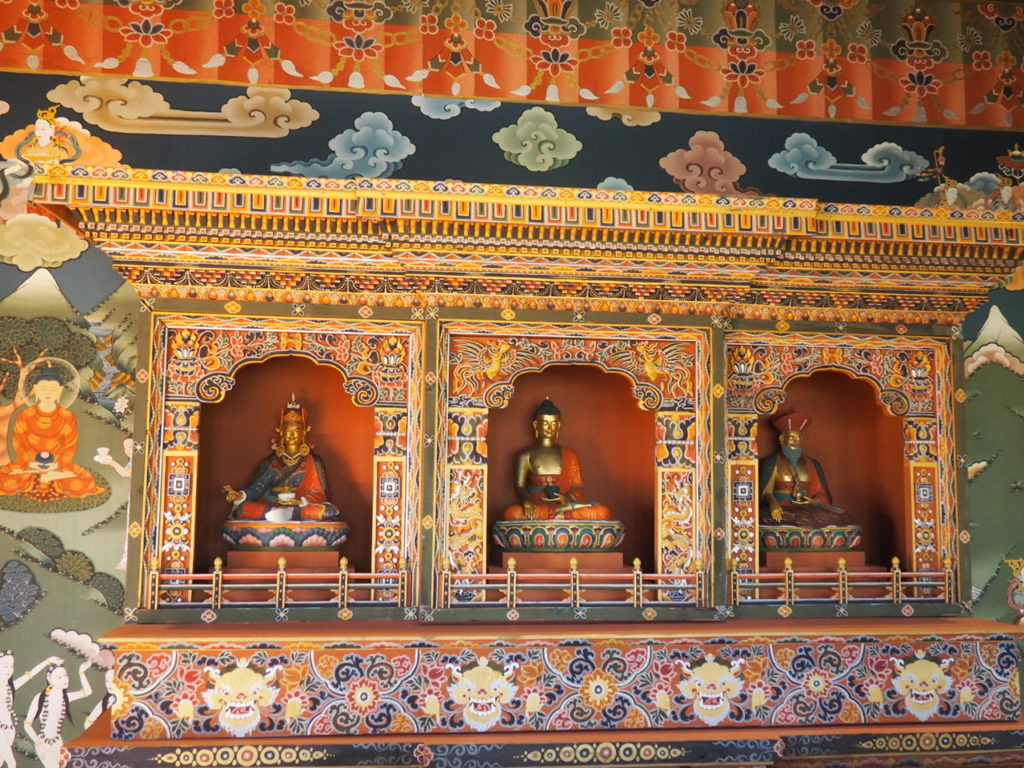
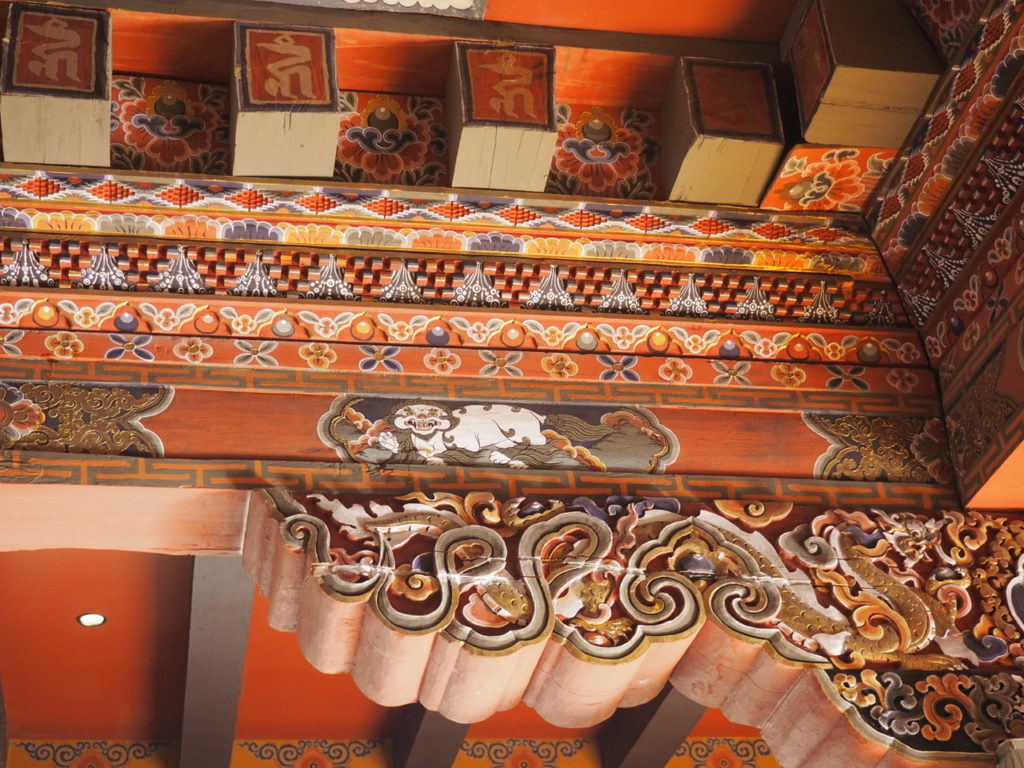
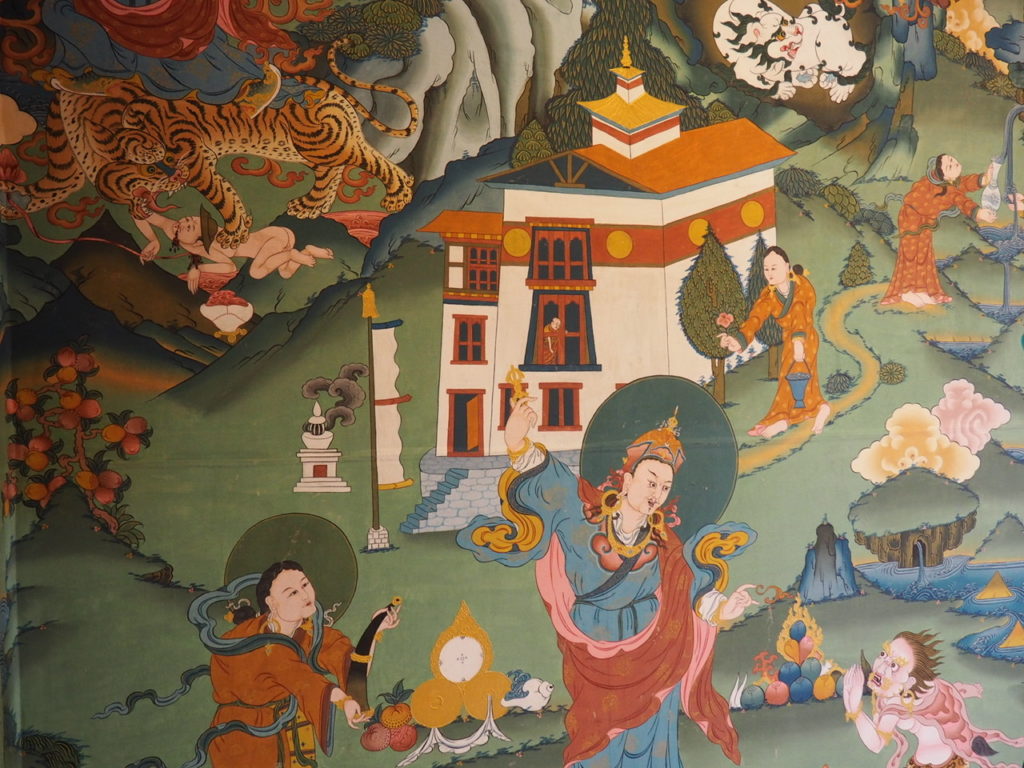
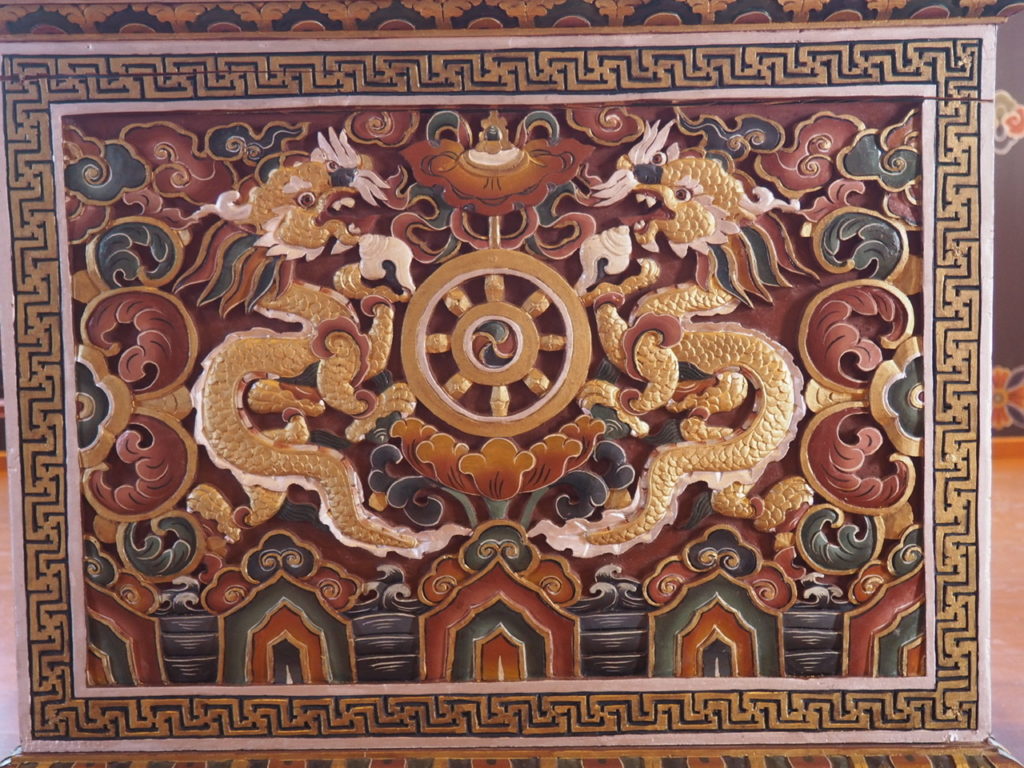
Looks like a great little trip!